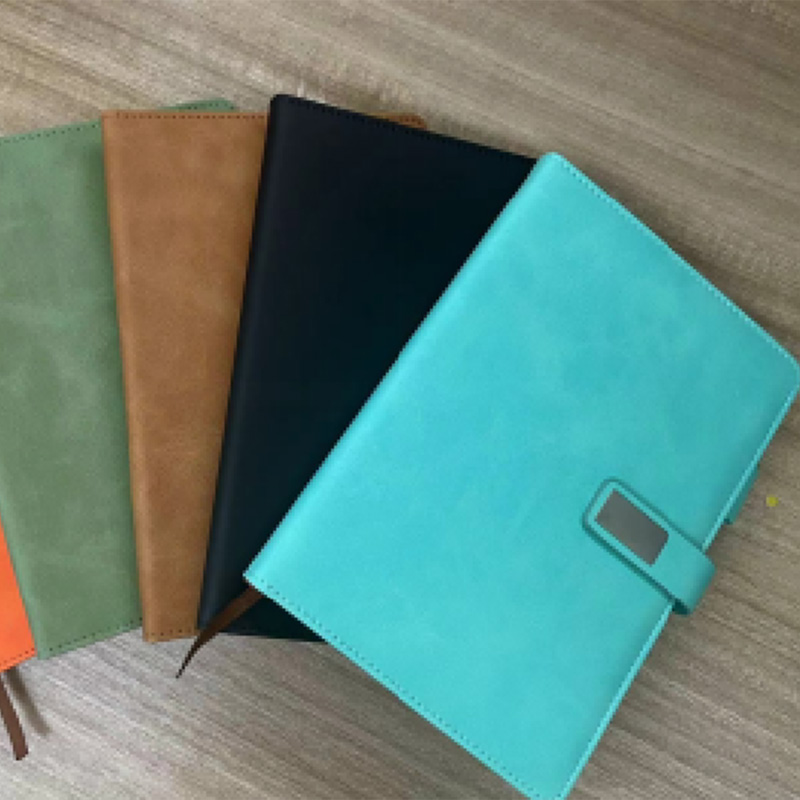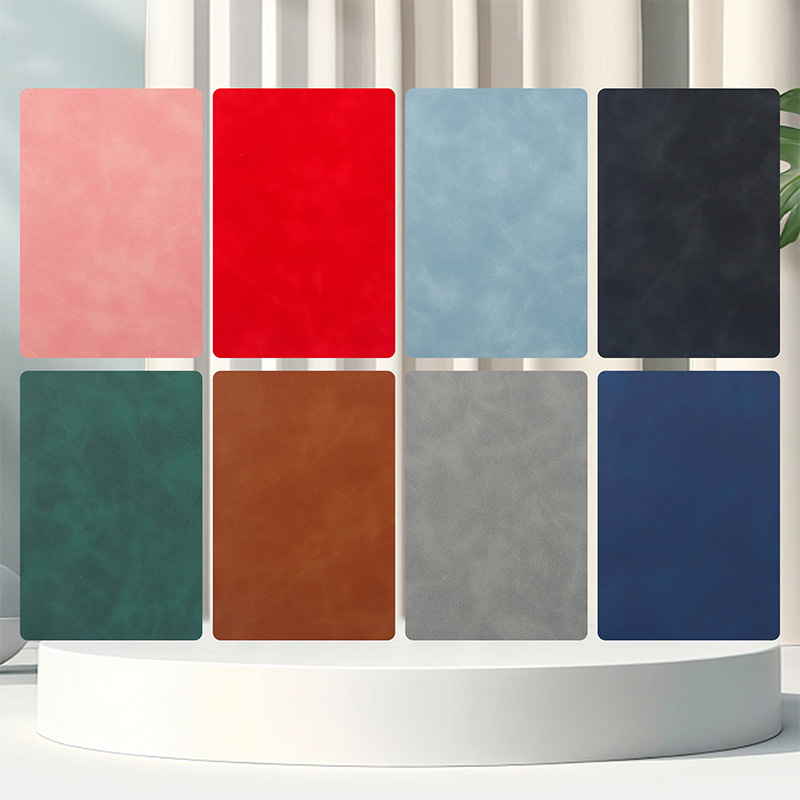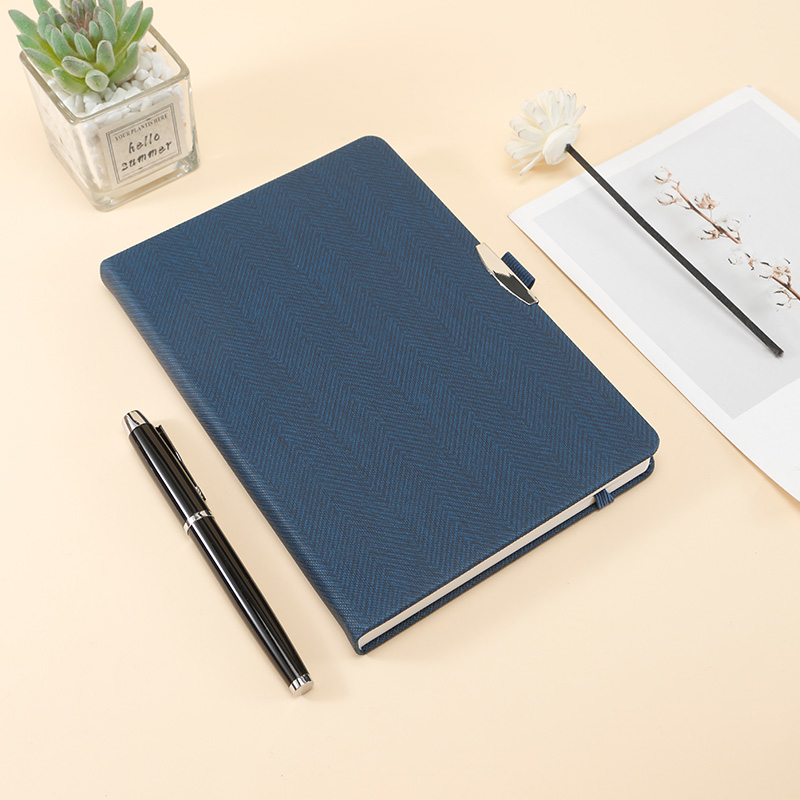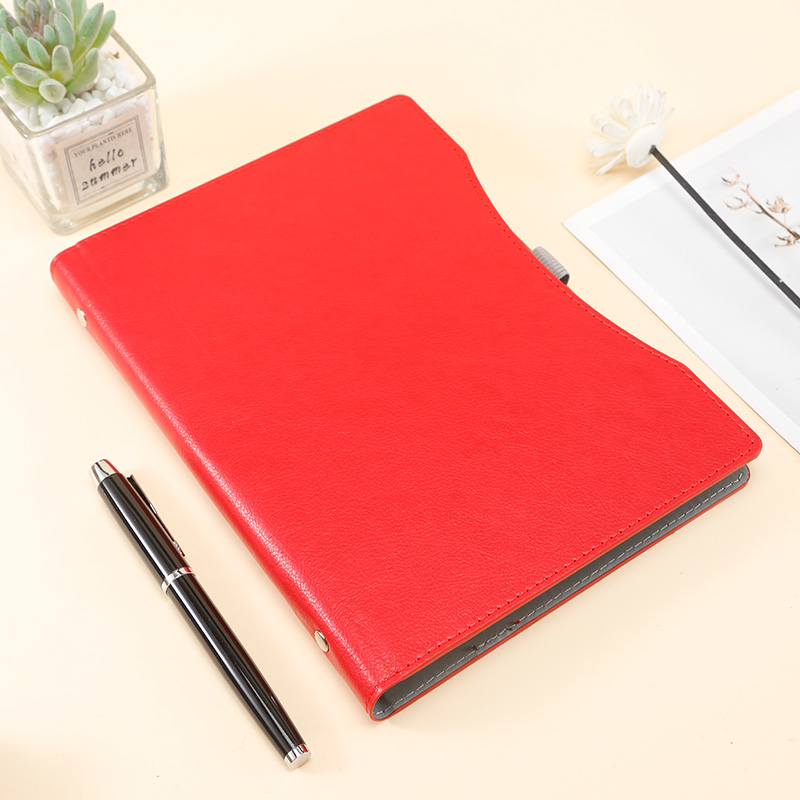The Versatility of Loose Leaf Binder Notebook
Posted by Admin
The loose leaf binder notebook consists of individual loose leaf pages that can be inserted into a binder. This setup provides unparalleled flexibility. Users can effortlessly rearrange the order of the pages according to their preferences or the logical sequence of topics. For instance, in a student’s study process, they may start with notes on the basics of a subject. As they delve deeper, new insights and advanced concepts can be added as separate pages and placed in a suitable position within the binder. This helps in creating a well-organized and coherent learning resource that progresses from fundamental to complex ideas.
Moreover, the ability to add or remove pages is highly beneficial. As information is constantly updated and expanded, new materials can be incorporated without the constraint of a fixed-page notebook. Conversely, if certain pages become unnecessary or outdated, they can be taken out without wasting the entire notebook. This feature is particularly advantageous for researchers who need to keep track of the latest developments in their field and update their notes accordingly.
The loose leaf binder notebook also offers versatility in terms of paper choices. There is a wide variety of loose leaf paper types available in the market, such as lined paper for writing text, graph paper for mathematical or scientific diagrams, and blank paper for creative drawings or mind maps. By selecting different types of paper and placing them in the same binder, users can create a multi-functional notebook that suits various tasks. A student can have sections dedicated to different subjects, each with the more appropriate paper type, making the learning process more efficient and organized.
Furthermore, the binder itself can be customized to some extent. Binders come in different sizes and capacities, allowing users to choose one that fits their specific requirements. A larger binder can accommodate extensive notes for long-term projects or multiple subjects, while a smaller one can be more portable for daily use. Some binders even have additional features like pockets inside the covers, which can be used to store loose handouts, small stationery items, or reference cards, adding to the overall organization and convenience.
In the workplace, the loose leaf binder notebook proves to be equally valuable. Business professionals can use it to compile meeting minutes, project plans, client information and research data. The easy-to-access and modify nature of the notebook ensures that all the important business information is kept up-to-date and well-structured. It facilitates collaboration as well. Team members can pass around the binder to add their inputs or review the latest updates, promoting effective communication and teamwork.
For creative individuals, the loose leaf binder notebook is a treasure trove of possibilities. Artists can collect different sketches, color palettes and inspiration images in one place. Writers can gather story ideas, character profiles, plot outlines and draft chapters, rearranging them as the creative process evolves. The freedom to mix and match pages allows for the exploration of various creative avenues and the development of comprehensive creative projects.
In conclusion, the loose leaf binder notebook is a highly adaptable and practical stationery item. Its flexibility in page arrangement, capability to add or remove pages, variety of paper options, customizable binder features and wide-ranging applications in different fields make it an indispensable tool for anyone who values organization, efficiency and creativity in their learning, working or creative endeavors. It provides a reliable and versatile platform for recording, organizing and developing ideas, accompanying users steadily on the road of knowledge exploration and personal growth.





